27 Aug September 2024 Yellowbill

President’s Message
Dear Members and Friends,
It’s that time of year, and Fresno Audubon Society (FAS) is kicking off its 2024-25 season!
In years past, FAS has observed a quiet off-season, taking a break during the blazing summer months from meetings, trips, and our other activities. While we did observe a summer break from publishing the Yellowbill and hosting trips, at the end of last season, we decided to continue meeting as a board to work on some of our projects. The latest include our annual membership drive, expanded volunteering opportunities, new conservation partnerships, new and improved organizational systems, a citizen science project involving Motus, and a website update (still in the works).
The summer heat is calming down, and soon fall migration will be in full flight, bringing many species through our neck of the woods. It’s the perfect time to plan a field trip with us. Check out our Event Calendar to see the upcoming trips. Registration is free and also required for participation. Spaces are limited. We hope to see you out there.
Another way to participate in our organization is through volunteering. This season brings new volunteering opportunities, which include leading or co-leading field trips, monitoring feeding stations, Yellowbill editing team, social media team, graphic arts, and more. If you’re curious about helping our organization as a volunteer, please reach out to us at admin@fresnoaudubon.org.
Lastly, remember to follow us on Facebook and Instagram.
Happy reading, and happy birding!
Rick Grijalva
FAS President
New FAS Board Member
We recently welcomed a new board member, John Von, to our team. Among his contributions to the board, John coordinates the presentation schedule for our quarterly general meetings. He invites noteworthy guests to share their fascinating experience and expertise with us. Thank you, John, and welcome aboard!
Get to know our other board members here.

Original Articles
Members and friends of Fresno Audubon are encouraged to submit their original writing to FAS for publication in the Yellowbill. This writing is meant to highlight, celebrate, and showcase bird-related content relevant to our readers. Write to admin@fresnoaudubon.org for more information.
Dumb Luck Birding 101
by George Bushard
After a late start, I arrived at the Madera County side of Millerton State Recreation Area at about 9:15 on Wednesday, June 5th. My birding expectations were low. I arrived at about the same time I had left the day before after seeing 26 species. It was getting hot and there weren’t a lot of birds out in the sun hoping to see humans.
After a brief stop at the trailhead of Buzzard’s Roost trail where I saw and heard the resident Canyon Wren, two Turkey Vultures, and two Western Kingbirds, I was close to calling it a day. The Canyon Wren had been my target species so I was already ahead. Figured a quick trip to the boat ramp to scan the area, then head back home to air conditioning and a cold drink. Then everything went to heck.
Driving towards the boat ramp and about even with the State maintenance yard on the east side of the road, I saw a bird I couldn’t identify (yeah, yeah I know. I’m working on getting better) near the water’s edge. I took the dirt road to my right and stopped near the mystery bird. I was stumped. I didn’t have my Sibley’s (bad move – I don’t care how good you are) and my knowledge of herons and egrets was limited to the three of each we see locally. I did know there was a Tri-colored something and a Reddish whatdoyoucallit but that was it. From an early morning text, I knew Mary Cantrell was also birding that day so I sent her some phone photos taken off my camera’s viewfinder. It wasn’t long before she replied with “Little Blue Heron”.
Huh?
I had to google it and sure enough, the bird I was looking at matched the photos that came up – except for it’s black legs.
Mary showed up not long after and saw the bird. We were both a little put off by it’s black legs but everything else matched. Mary posted her sighting and photos in Madera County Rare Bird Alert and things took off from there.
George Folsom arrived a while later and we talked about the leg color. He said it does happen. Later, when I had good light I found a photo of one that also had black legs.
George and Mary left but I stuck around since I knew Gary Woods was on his way. Now the Little Blue Heron had been circling my position as it hunted for fish, never much more than 5 to 20 yards from me, but just a few minutes before Gary drove up, it was scared away by a Great Egret and it flew out of sight. Fortunately it was hugging the shoreline and after driving a very short way, we were able to locate it. Gary also shared some information on it’s leg color and why it was different from the first photos I’d seen on my phone. I was feeling the two hours out in the sun (thanks again for the ice cold water, Gary) so I said goodbye to Gary and the Little BlueHeron and headed home.
People have been very kind with crediting me with the first sighting of the Little Blue Heron. But, I’m not sure I deserve the accolades since I couldn’t make the identification without the help of Mary, then George F. and Gary (however, if my sighting does prove to be a Madera County first, I don’t know those people).
Not a bad day for just setting out to see a Canyon wren.
– GB
Monitoring Efforts of Burrowing Owls: A Year at NAS Lemoore
by Matt Dunning
Hello FAS friends. It was a pleasure meeting some of you at the July field trip to Naval Air Station (NAS) Lemoore. My name is Matt Dunning and I have worked at NAS Lemoore for about a year now monitoring their Burrowing Owl population. The USGS/University of Idaho Coop was contracted by the Lemoore installation in the Spring of 2023 to monitor the Burrowing Owl population, conduct maintenance on the artificial burrows installed, and to reduce conflict between owls and air operations. We accomplish these tasks by capturing and banding all owls on the installation to track individuals and monitor nests and active burrows with trail cameras. We also conduct three rounds of walking censuses and point counts throughout the entire installation each winter and breeding season to locate every owl. The Burrowing Owl population on NAS Lemoore has experienced a long-term decline the last two decades (85 breeding pairs in 1999 to 7 breeding pairs in 2024). The work we do is critical for the Navy to fulfill their statutory obligations to be stewards of their land and is contributing to a greater understanding of Western Burrowing Owls to aid in their conservation and preservation across their range. You can read more about the work we do with Burrowing Owls and other species by visiting the Conway lab website here.
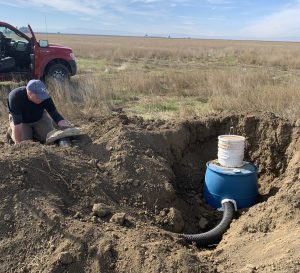
On a personal note, I feel very fortunate to work with such a charismatic species as the Burrowing Owl. Even after seeing them almost daily for a year, I still can’t help but laugh every time I see one glare at me through my binoculars. In my opinion, Burrowing Owls usually have three different expressions: angry, sleepy, or suspicious. I also definitely have my favorites, and I have some I call my buddies if they are cooperative. The work we did in the fall of 2023 was interesting because little work has been done with Burrowing Owls in the post-breeding/winter seasons, so we had to adapt our strategies based on behavioral observations. Owls are not as territorial in the winter, and they aren’t tied to a particular burrow like they are during the nesting season. Perhaps for a variety of reasons, they are also more suspicious of our methods and most initially seem uninterested in our audio lures. I often make the joke that I feel like Wiley Coyote because I kept coming up with increasingly convoluted methods to trick owls into being captured. I spent many nights staring at a spring trap illuminated by truck headlights waiting for a Burrowing Owl to get close enough to my audio lure so I could activate the trap. In the winter, it can be several hours before an Owl finally decides to investigate the lure, that’s compared to the 30 seconds it may take in the breeding season. The most effective method I found to capture owls was just to observe which burrows they like and watch and wait for them to go underground so I can place a two-way walk-in trap. Alternatively, I may use a burrow scope to run a camera underground to observe them in their tunnels and chambers. Seeing where they spend the other half of their lives is a real perk of my job, even if the owls are not pleased with the rude wakeup call and hiss at the scope with their mimicry of a rattlesnake call.
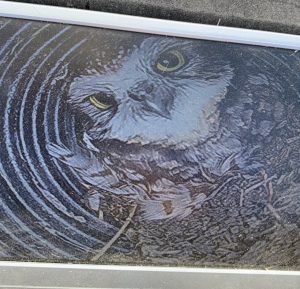
Even though I am now in Idaho pursuing my master’s degree, I am still supervising the work being done at NAS Lemoore and I am hopeful for better days for Burrowing Owls there and in the whole state of California. My goal is to spread to word on our efforts and work with local groups and stakeholders to share what habitat is vital for Burrowing Owls and how to build and maintain artificial burrows to boost their numbers in critical areas. If you are interested in learning more about our work, please reach out to me at mldunning@uidaho.edu or to Brandon Maiersperger, the crew leader for the 2024-2025 Winter season, at bmaiersperger@uidaho.edu.
– MD

Events
FAS Field Trips
Field trips are enjoyable and informational experiences, led and attended by all levels of bird and nature enthusiasts. Sign up and get to know some great people while enjoying the physical, mental, and spiritual benefits of being in the great outdoors. Unless otherwise posted, FAS offers these trips to the community for free.
Registration is required for all FAS field trips. Follow the instructions and read through the trip descriptions to ensure your proper preparation. All pertinent details should be listed, including trip leader contact information should you have any questions. Find all the details, including registration links on our Events Calendar.
Happy birding!
September Field Trips
9/11: Lost Lake w/ Fred Peterson & Susan Heidebrecht
9/14: Grant Grove w/ Kevin Enns-Rempel
9/18: Shaver Lake, Balsam Meadow & Forebay w/ George Folsom
9/21: Wastewater Treatment Plant w/ Rick Grijalva
9/25: Clovis Botanical Gardens & Cottonwood Park w/ Larry Parmeter
DESCRIPTION
The Sierra Foothill Conservancy in conjunction with Audubon California will be hosting “Birds & Biodiversity: Ranch to Ranges Bioblitz” at the Conservancy’s McKenzie Preserve on Sunday September 8, 2024.
This program is part of the California Biodiversity Week observation. The program will explore the relationship between rangeland management practices and biodiversity and will include botanical and birding tours of the Conservancy’s McKenzie Preserve, as well as presentations by representatives of California Audubon, Sierra Foothill Conservancy, and Point Blue Conservation Science. It is open to the public at no cost, although pre-registration through SFC is required.
For complete details visit Sierra Foothill Conservancy’s website.
January 16-20, 2025… Save the date! The Morro Bay Bird Festival is a highly anticipated event, attracting bird lovers and nature enthusiasts from all over. We’re lucky it’s just a short drive away from Fresno. Registration fills up FAST, so set a reminder: registration opens November 2 at 8:00 AM. Click the image above to visit their website, and click here for registration info. Our board president, Rick Grijalva, will be a trip leader at this festival. Say hi if you see him!
eBird Tips!
eBird is a very useful tool for millions of birders around the world. But remember that it’s a citizen science tool used by researchers for conservation efforts. Therefore it’s a good idea to know the ins and outs of its intended use. eBirding takes practice, and mistakes will be made (I know I’ve made them!).
Here’s some pro tips from Doug Hitchcox, an eBird reviewer. His content is great for those who love the citizen science side of birding. Click the link for the eBird Essentials Course he refers to in the opening.
Member Photographs
Membership
We are excited to announce the kick-off of Fresno Audubon’s 2024-2025 membership drive! FAS annual membership runs from September 1st through August 31 each year.
Join or renew your membership now through the month of September to be entered into a drawing for two books this year—either a copy of David Sibley’s newest book, WHAT IT’S LIKE TO BE A BIRD or a copy of Stan Tekiela’s BIRDS OF CALIFORNIA FIELD GUIDE. (Lifetime FAS members and folks who have already joined or renewed since June 1, 2024 will also be included in this year’s drawing.)
Your support helps FAS fulfill its mission by featuring outstanding speakers at general meetings, conducting guided field trips, teaching introductory birding classes, maintaining the bird feeding station at the River Center, conducting bird surveys, and advocating for local and regional bird-related issues. The more support we receive, the more we can accomplish.
Thank you!
Fresno Audubon Society membership levels are:
$15 Student
$25 Individual
$35 Family
$1000 Golden Eagle (Life)
Fresno Audubon Society
PO Box 3315
Fresno, CA 93650


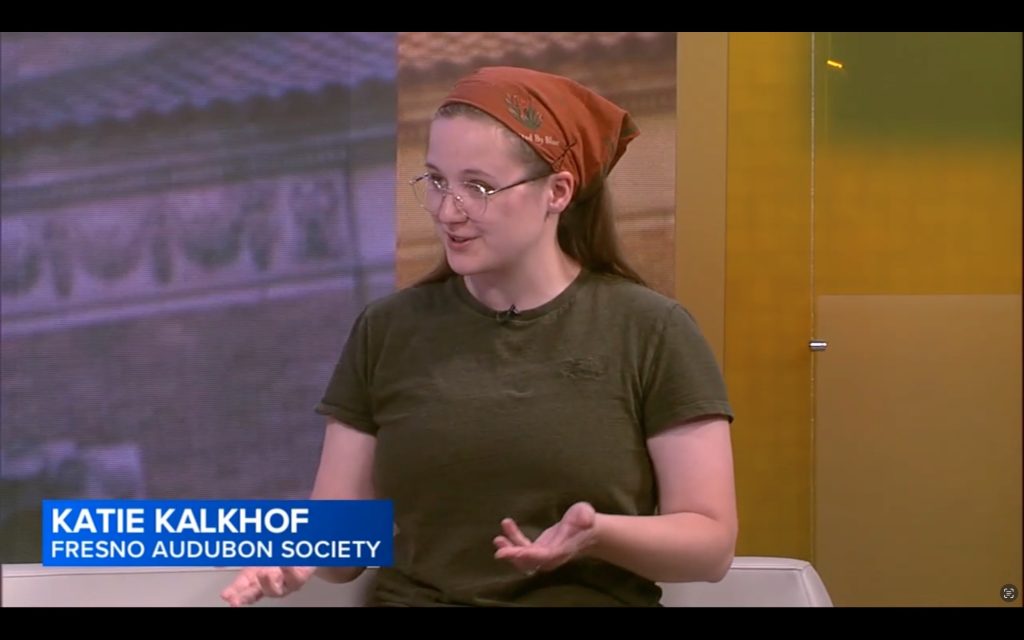
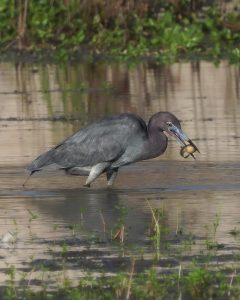
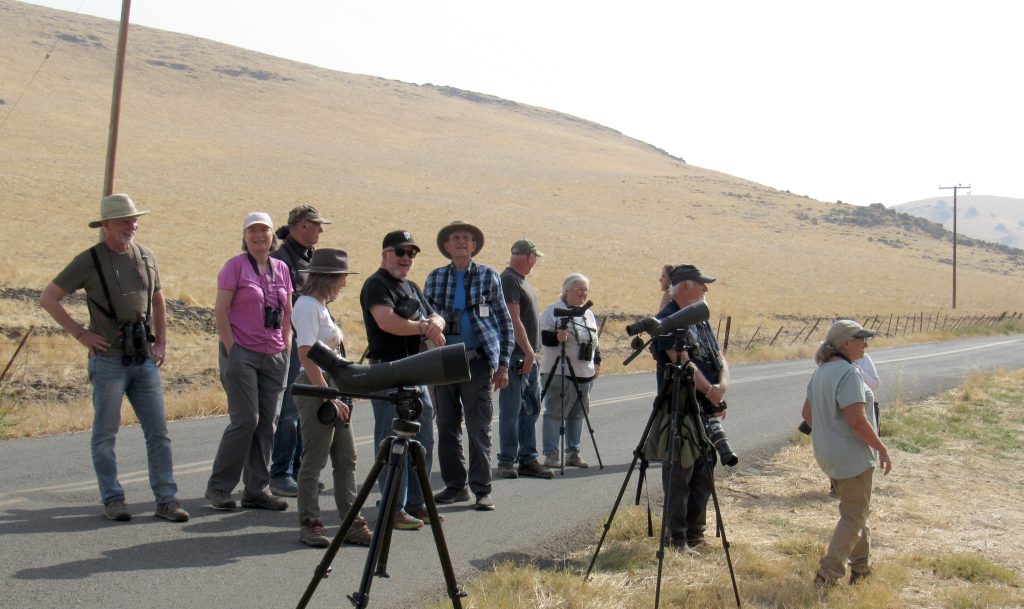


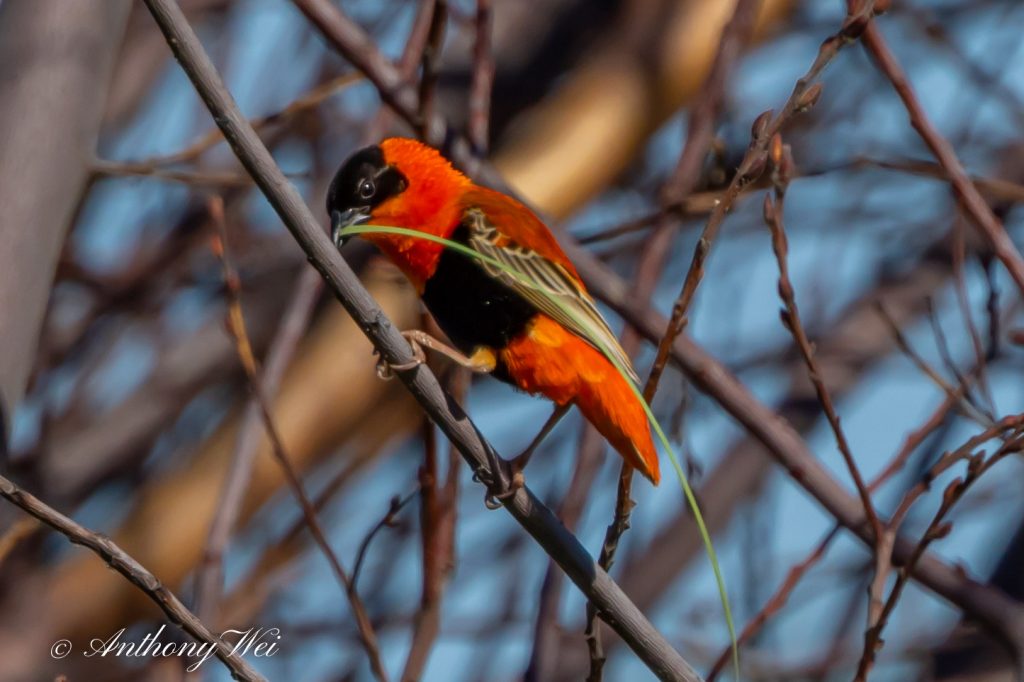
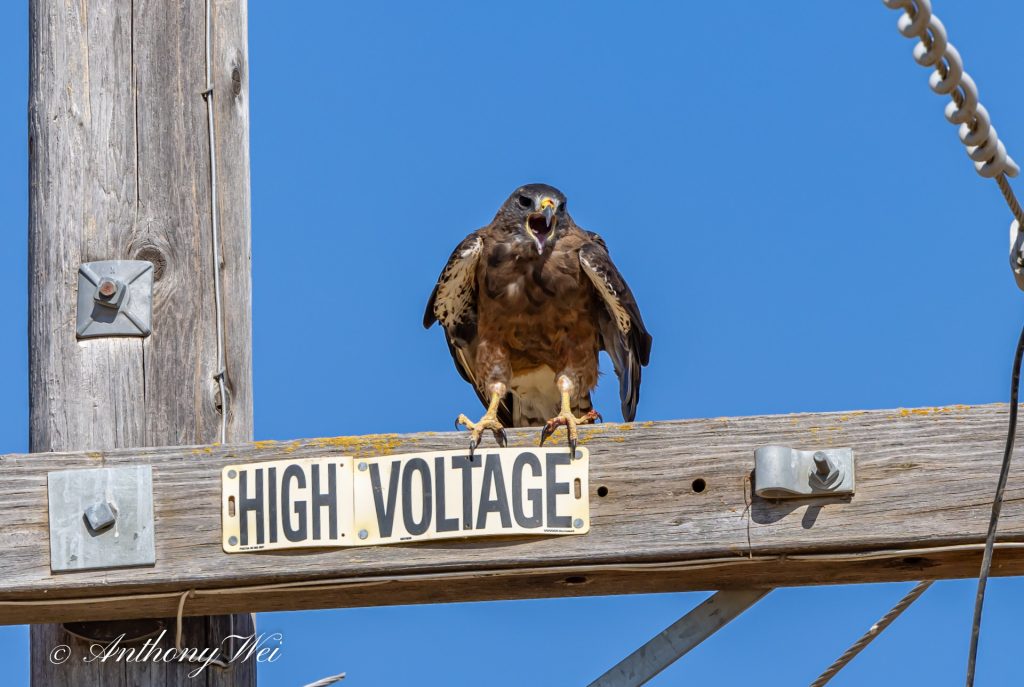

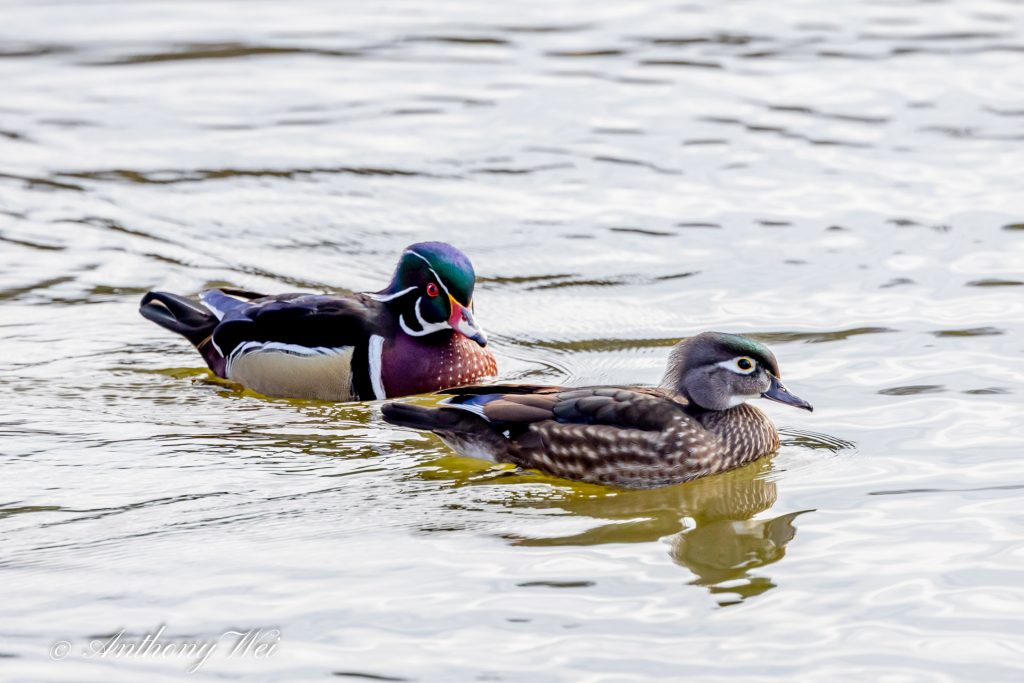
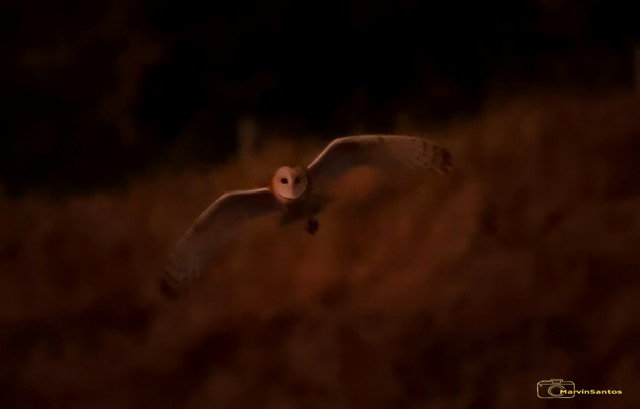

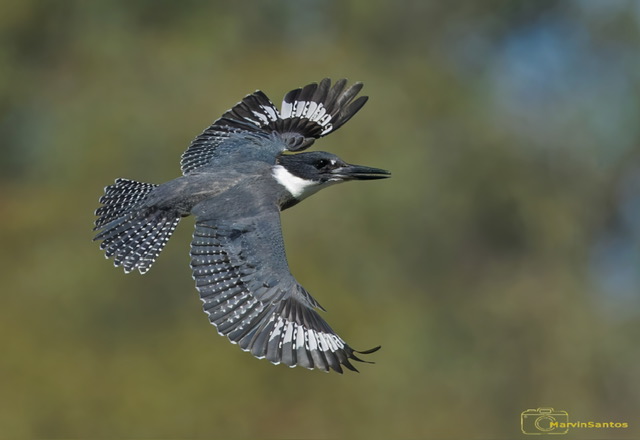
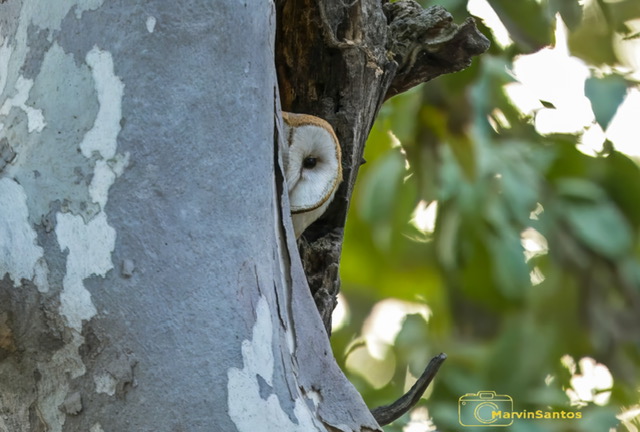
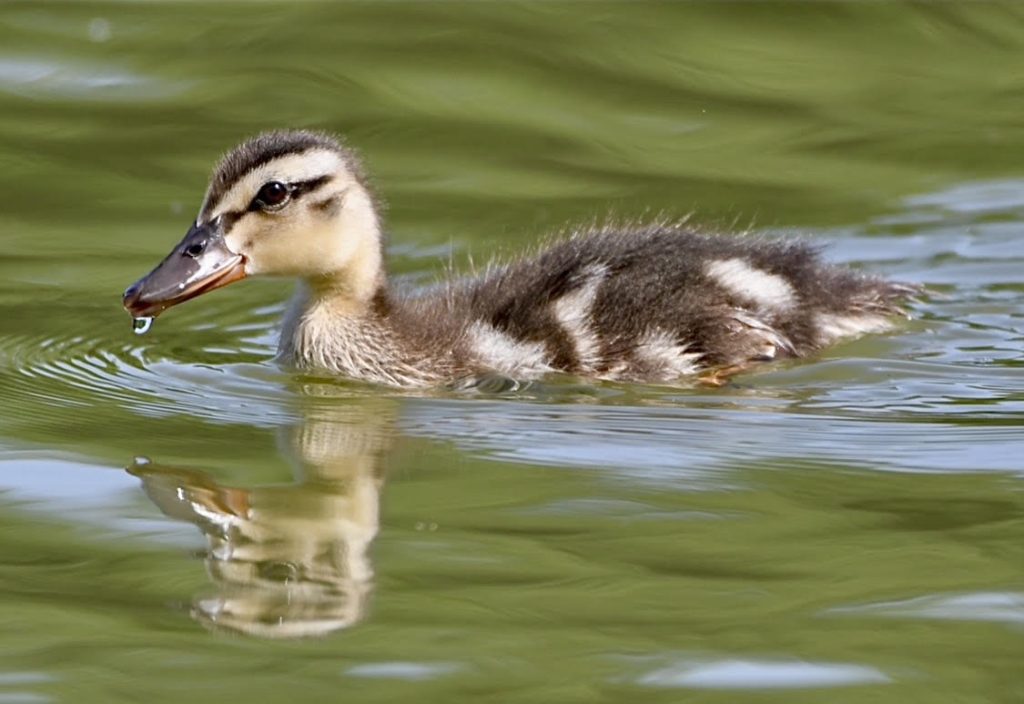

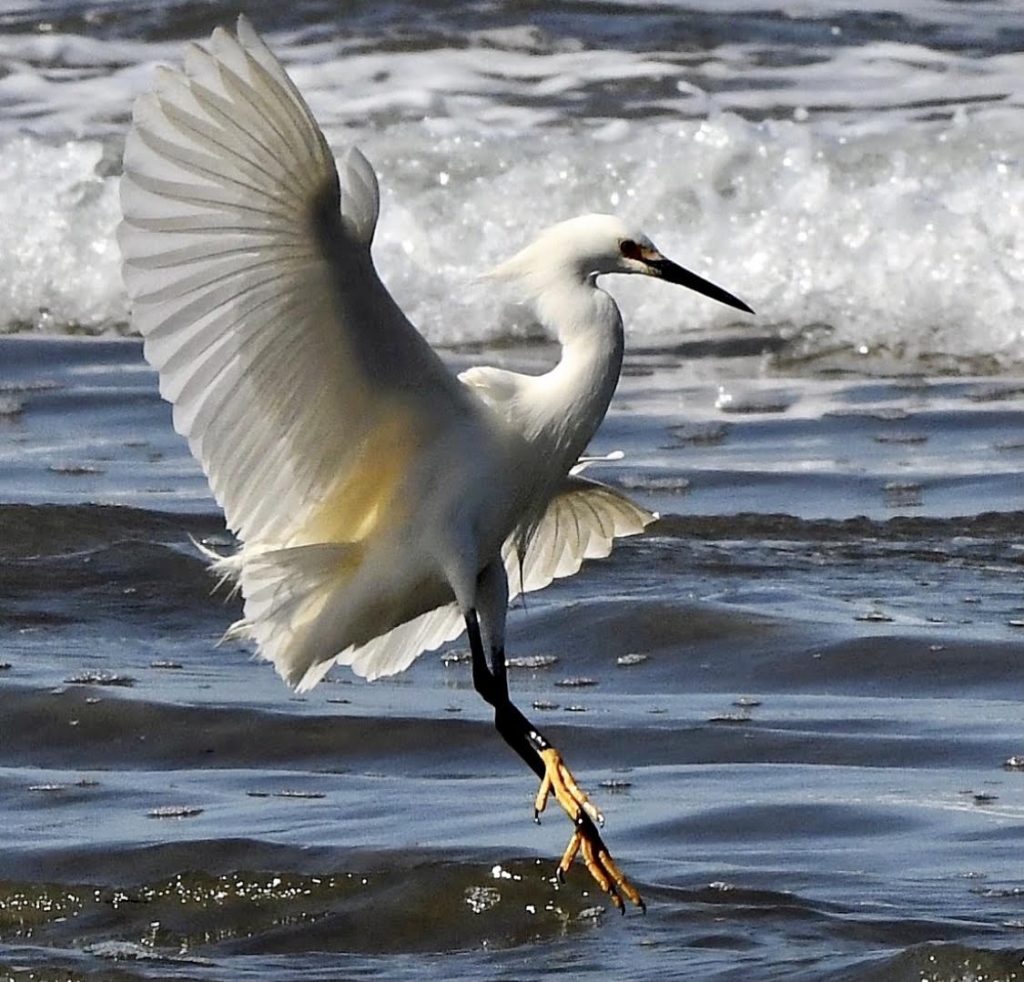
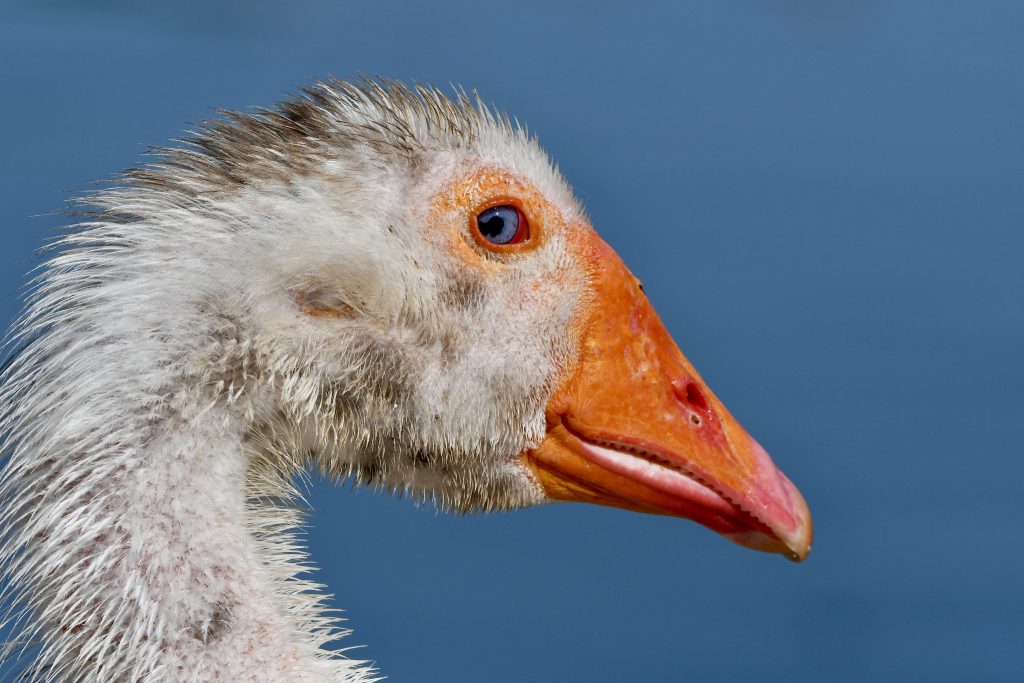

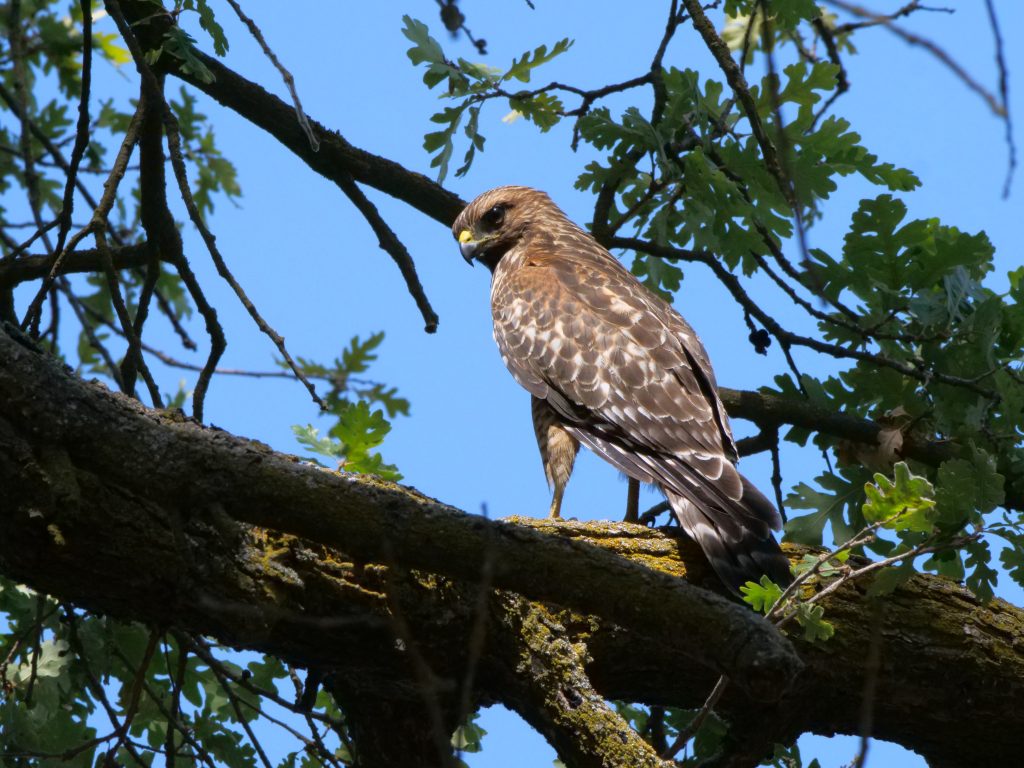
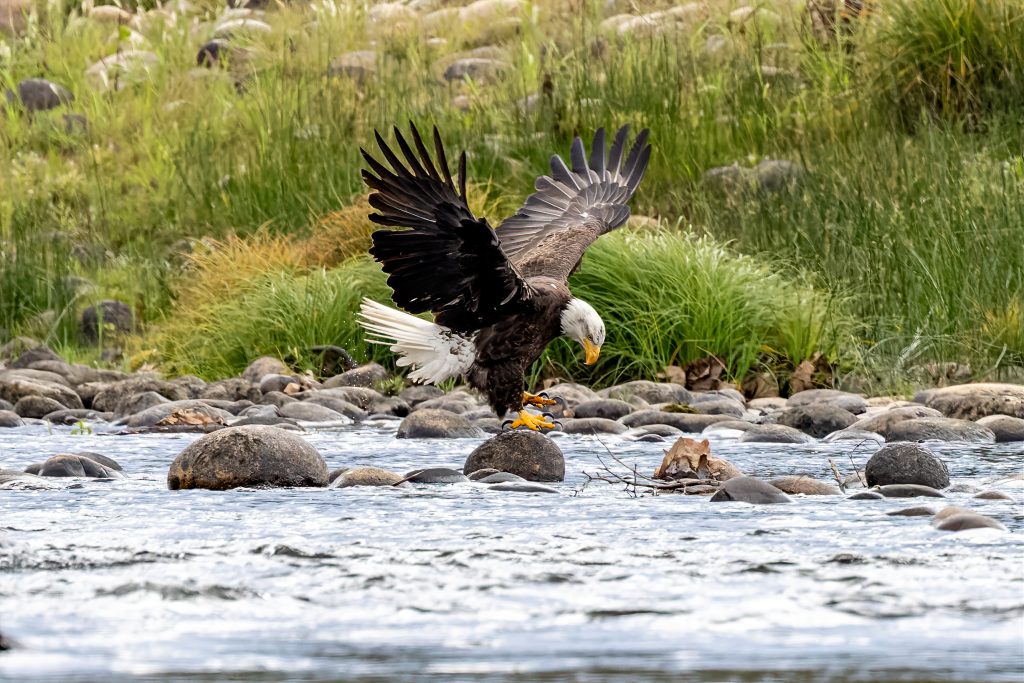
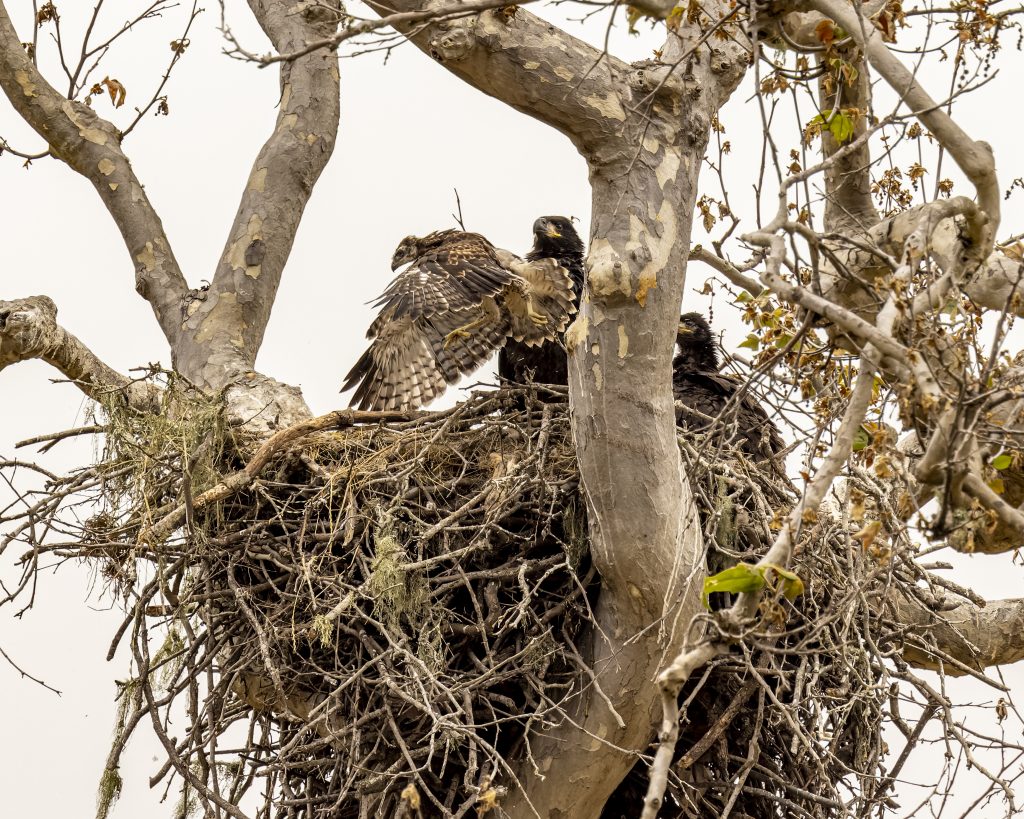
Sorry, the comment form is closed at this time.